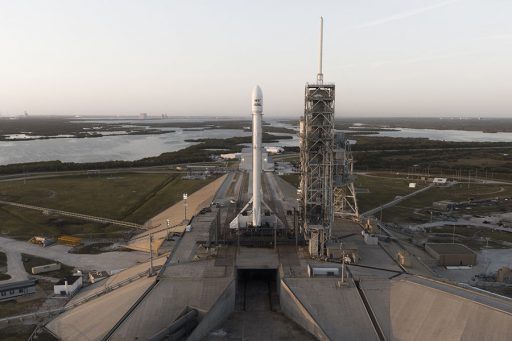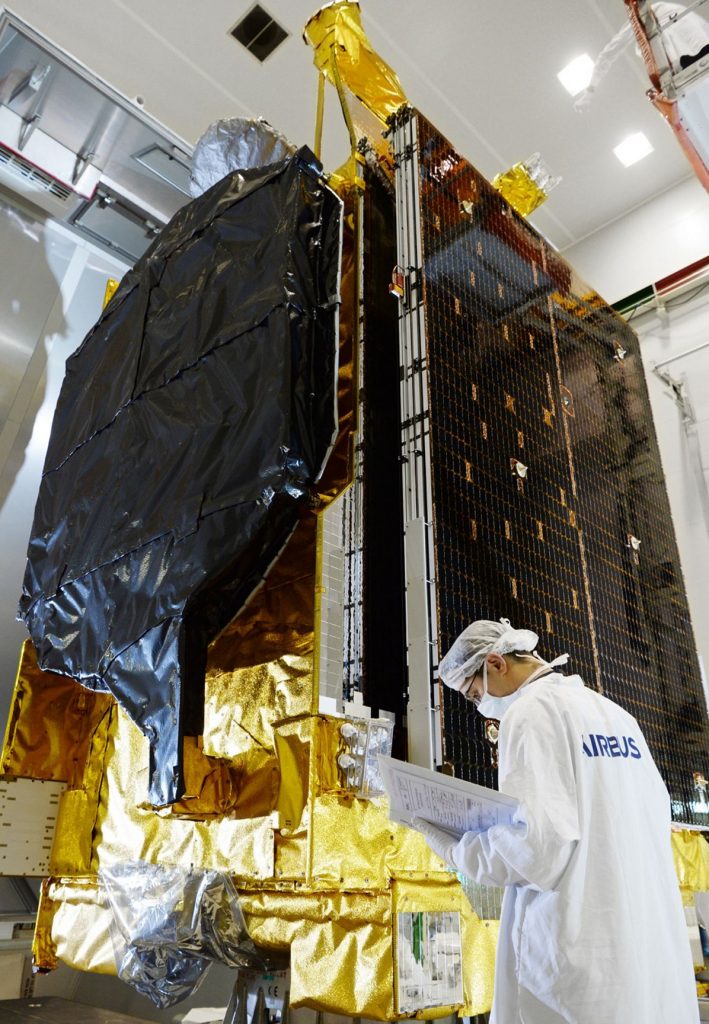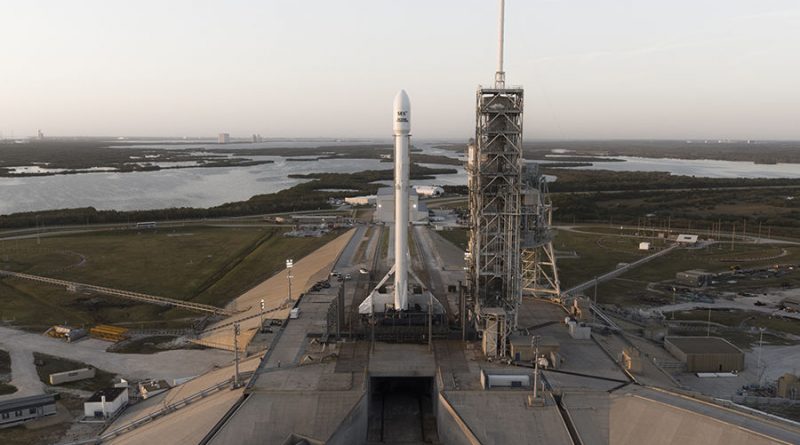SpaceX Delays SES 11 Launch

SpaceX has delayed the launch of a ‘flight-proven’ Falcon 9 rocket carrying the SES 11 broadcasting satellite from its original Saturday launch date to no-earlier-than Wednesday, October 11 in response to an issue discovered on the previously flown first stage. This delay will shuffle the order of a planned SpaceX double header with the Iridium-NEXT L3 mission from Vandenberg now going first, targeting a pre-dawn launch on Monday, to be followed by the SES 11 mission Wednesday evening.
Falcon 9 – sporting Block 3 Booster #1031 and a brand new Block 4 second stage – went through its Static Fire Test on Monday, firing the nine Merlin 1D first stage engines for five seconds to gather performance data from the vehicle. Booster #1031 had its first flight in February when lifting the Dragon SpX-10 cargo vehicle on its way to ISS and returning for a powered landing at Cape Canaveral. The SES 11 mission is the third overall re-flight of a Falcon 9 first stage and the second with an SES passenger, following up on the successful launch of SES 10 in March atop the very first flight-proven Falcon 9.

News of the delay emerged Thursday morning and SpaceX confirmed October 11 as the new launch target later in the day without going into detail on what the issue is. However, sources familiar with the launch campaign said a potential issue was discovered on the Falcon 9 booster, requiring access into the engine section for further inspections and potential repairs.
The 5,200-Kilogram SES 11 satellite, encapsulated in the 13-meter tall payload fairing, was transported to Launch Complex 39A Tuesday night for integration with its launch vehicle.
SES-11 was built by Airbus Defence and Space in Europe and weighs in at 5,200 Kilograms, putting it in the same ball park as SES-10 which pushed Falcon 9 to the maximum in terms of performance while preserving sufficient propellant for a sporty landing on the Autonomous Spaceport Drone Ship. Based on the EuroStar E3000 platform, SES-11 hosts a hybrid communications payload comprising 24 Ku-Band and 24 C-Band transponders to deliver TV, radio and media distribution across the U.S. & Canada plus Mexico, Hawaii and the Caribbean.
The satellite is also known as EchoStar 105 as EchoStar agreed to lease the full Ku-Band capacity of the satellite for at least ten years to expand its U.S. orbital arc for media distribution and digital networking. SES-11’s Ku-Band capacity is replacing the AMC-15 satellite launched back in 2004 while the SES-operated C-Band payload provides replacement coverage for the almost 11-year old AMC-18. Built in Toulouse, France, SES-11 is set for a mission of at least 15 years stationed at 105 degrees west in Geostationary Orbit.

